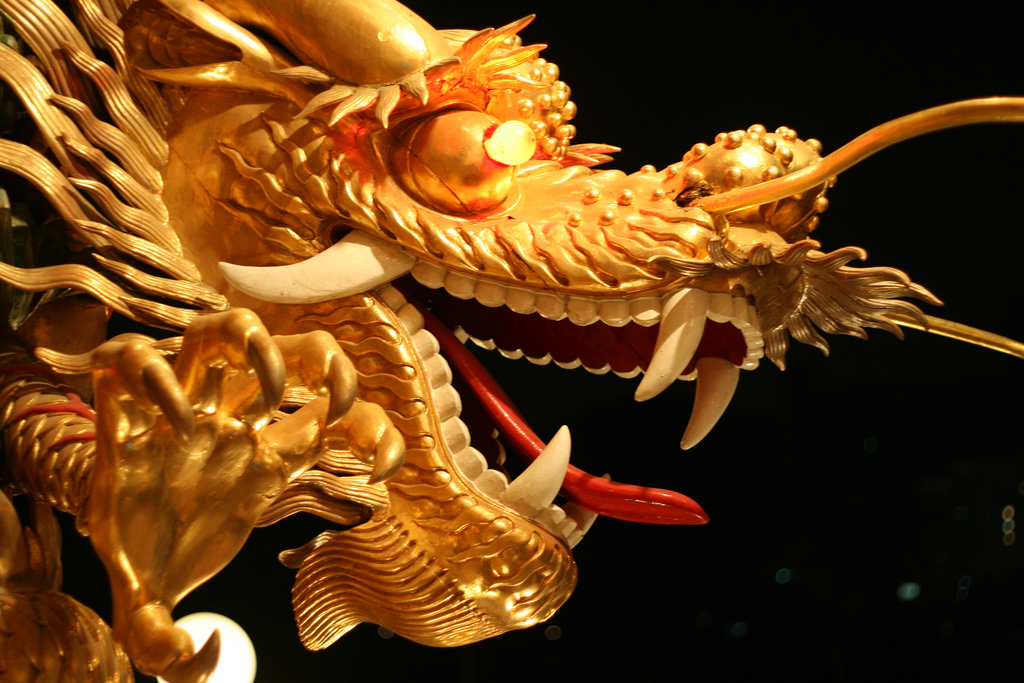For the longest time, my book had no name. In fact, I went through most of the first draft without knowing what it was going to be called. Xin Long didn’t have a name in the first three to five preliminary chapters that she was in, and as I wrote and re-wrote, I knew that her name should have the Chinese character for dragon in it. But “____ Long” were usually boys’ names, and I wanted something that could be as androgynous as possible.
I don’t actually remember how exactly it happened, but I knew I wanted her to be brave. But the words for brave didn’t sound right with this suffix, and it soon became clear to me that I was using the language “wrongly” when it came to her name. You see, Chinese operates differently from English, and I could just write “Xin Long,” (心龙) meaning “heart of a dragon,” and the connotation of the protagonist being brave would be there.
And naturally, the name of the book came after that. I don’t really remember the eureka moment, but when I translated Xin Long to Heart and Dragon, it seemed easy enough to reverse the words and title it “Dragonhearted.” I mentioned this when I had dinner with one of my professors, and she noted that many Disney movies were using titles like “Tangled” and “Frozen” instead of “Princess” because that would be more sellable. In using (and modifying) my protagonist’s name as my title, it was actually quite feminist.
I was quite pleased that the title was quite cool-sounding, and I googled to see if anyone had thought of it first. At that time, I was working as a web journalist and I was wondering if my book’s title would be buried within keywords of another book or movie. There was a movie called “Dragonheart,” but that was about it.
So there you have it. That’s how the book came to be titled “Dragonhearted.”
Featured image by Jim Winstead
